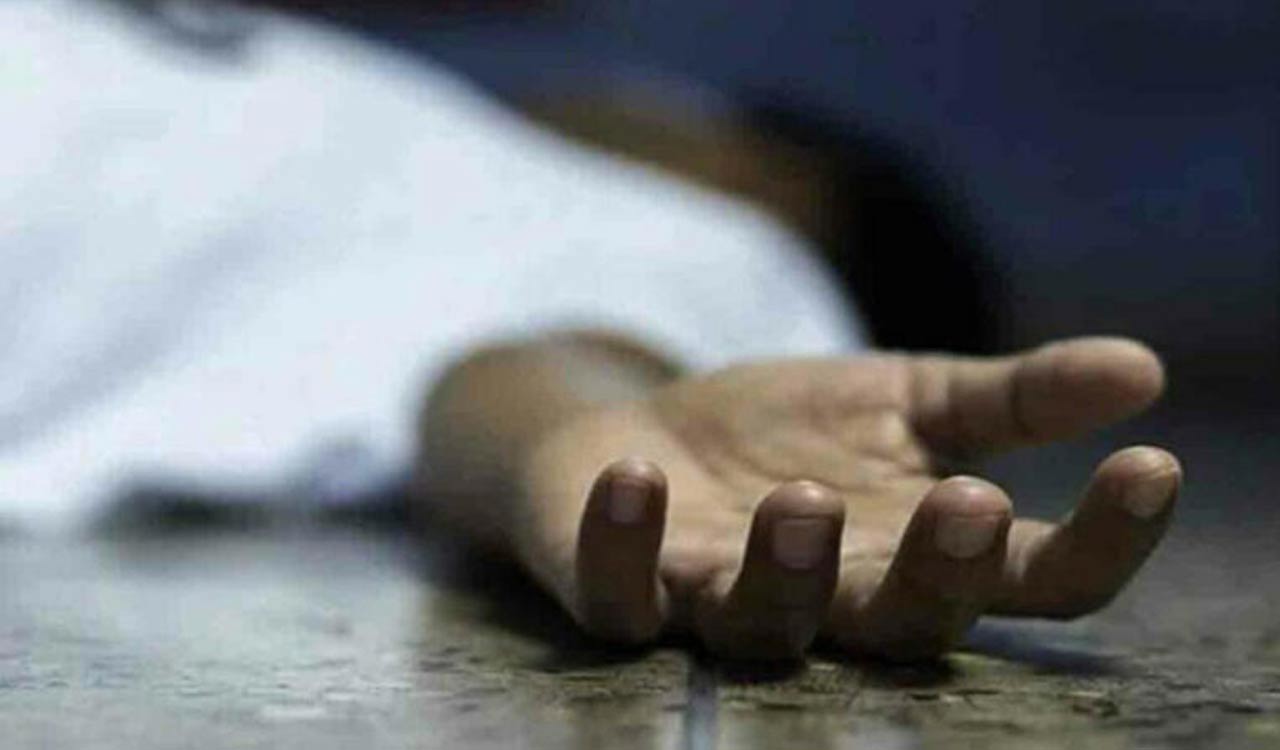The Crimean-Congo haemorrhagic fever (CCHF) virus has claimed 17 lives in the southwestern province alone this year, according to the Secretary of the Health Department, Abdullah Khan.
Published Date – 09:14 PM, Sun – 5 November 23

Karachi: A young doctor suffering from the deadly Congo virus fever has died in Quetta, prompting authorities in Pakistan’s southwestern Balochistan province to issue a high alert in medical centres of the provincial capital.
The Crimean-Congo haemorrhagic fever (CCHF) virus has claimed 17 lives in the southwestern province alone this year, according to the Secretary of the Health Department, Abdullah Khan.
The emergency was issued in hospitals and medical centres after it emerged on Sunday that at least 16 healthcare professionals, including doctors working at two hospitals in the province, had been infected with the virus.
Initially, three doctors, including two females, were found to be infected with the Congo virus at the Civil Hospital in Quetta.
Further testing confirmed 13 other healthcare professionals at the hospital and the Fatima Jinnah Medical Centre were also infected with the virus.
Dr Arif Sultan of the Young Doctors Association said the doctors were flown by air ambulances to a private hospital in Karachi for treatment as they were in critical condition, while others were sent by road in ambulances to the city.
One of the critical patients, Dr Shakarullah Baloch, passed away on Saturday night in Karachi, and the two female doctors are also said to be in critical condition.
“The infected healthcare professionals were also treating patients at other hospitals and medical centres,” he said.
Khan said that attendants of patients who had visited the trauma centres were also being tested for the virus and were asked to refrain from visiting the centre to prevent further transmission of the virus.
“The statistics show that this year 17 people have lost their lives as a result of the Congo Virus in the province,” Khan said.
The virus is transmitted to people either by tick bite or through contact with infected animal blood or tissue during and immediately after slaughter. Human-to-human transmission could occur due to close contact with the body fluids of an infected person.
It has symptoms like high fever, headache, vomiting, diarrhoea, body pain and stiff neck.





